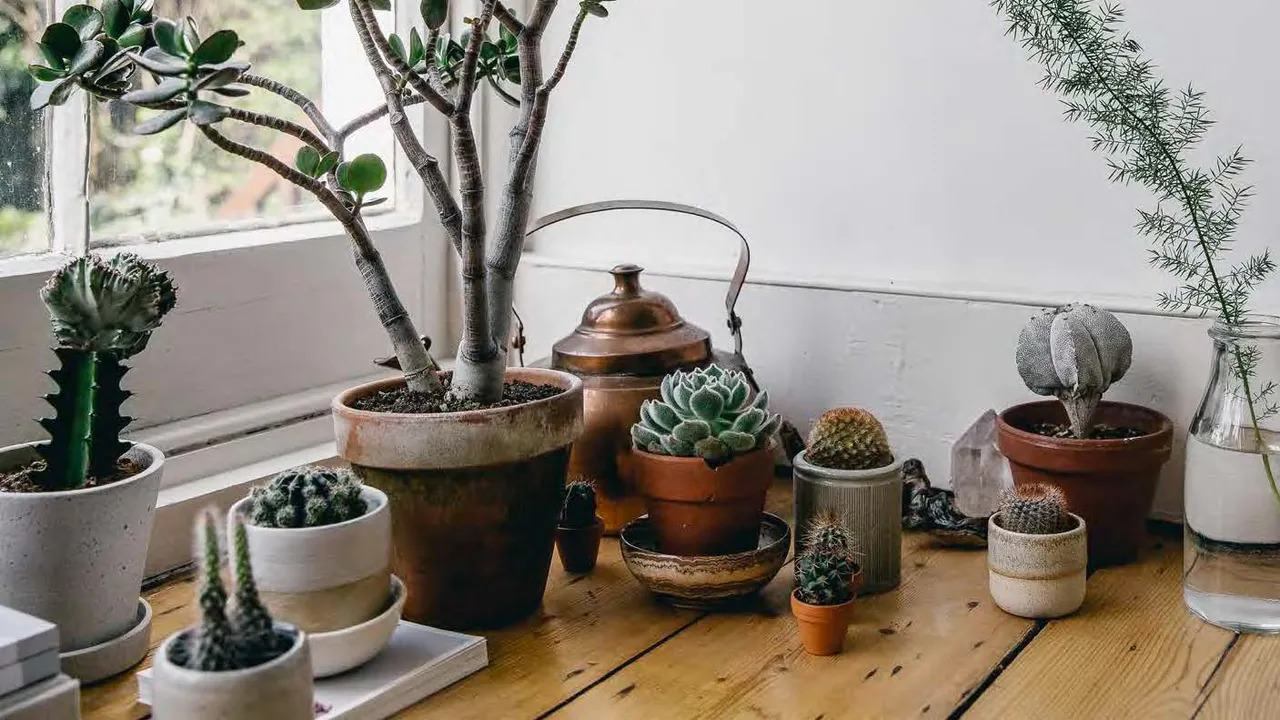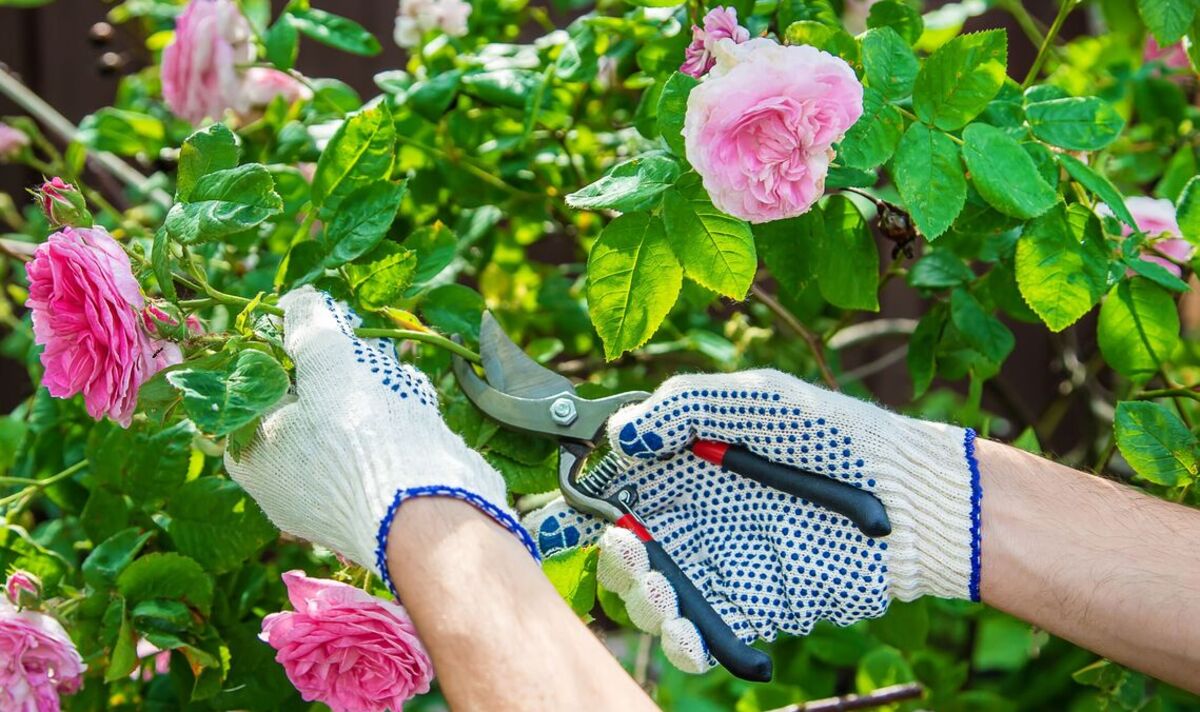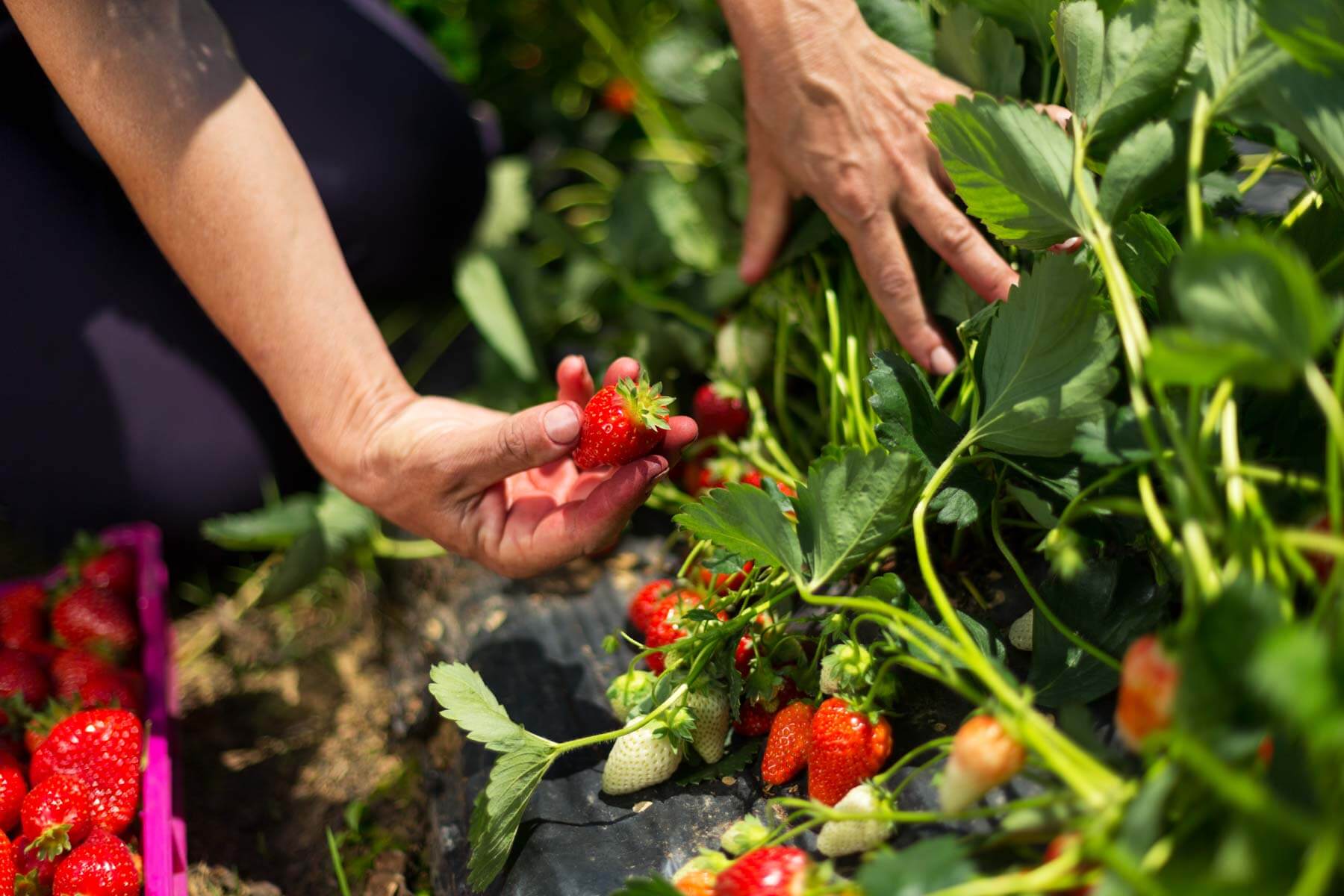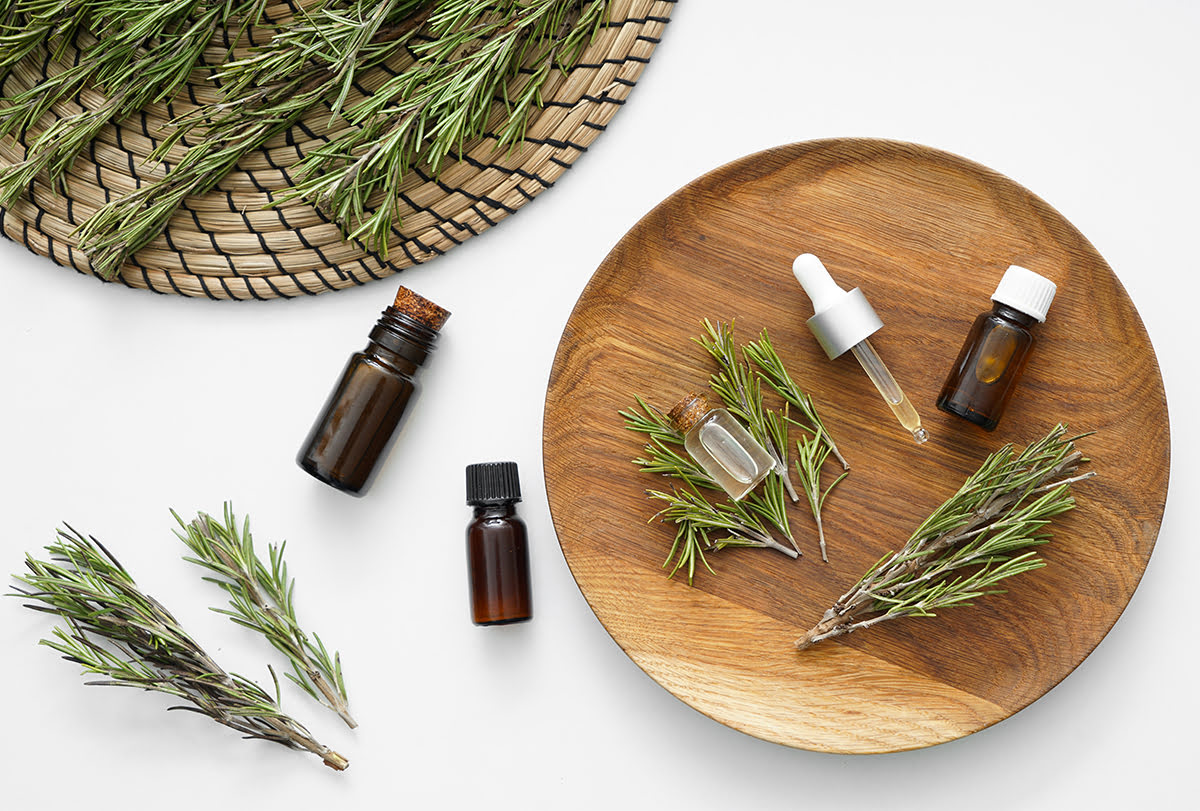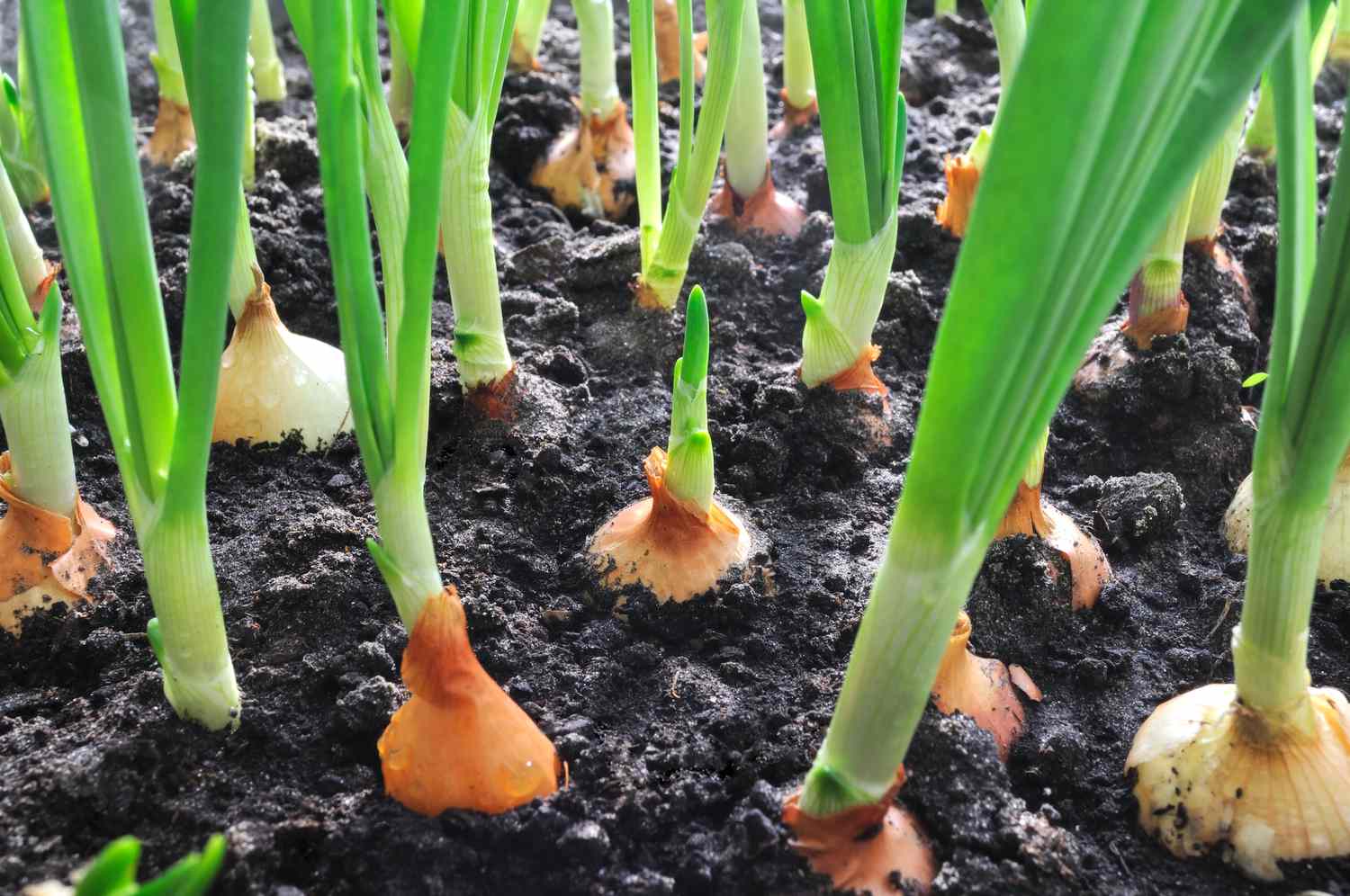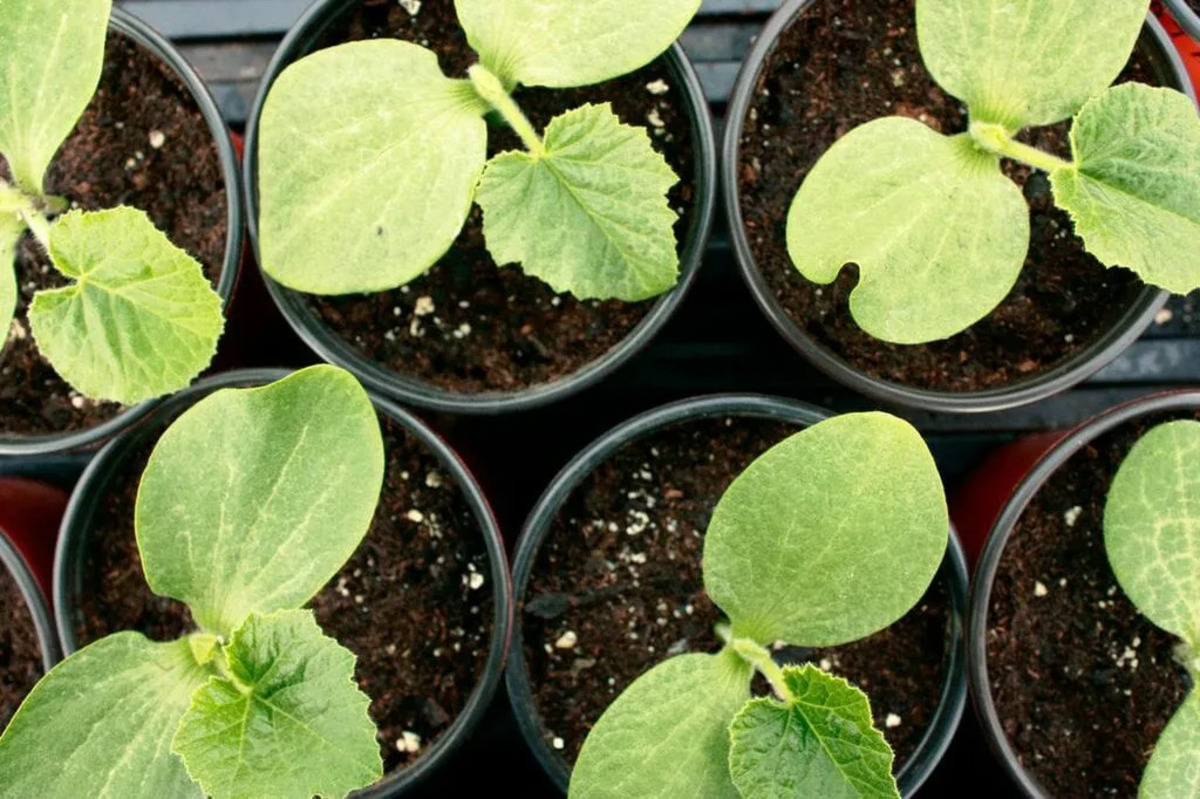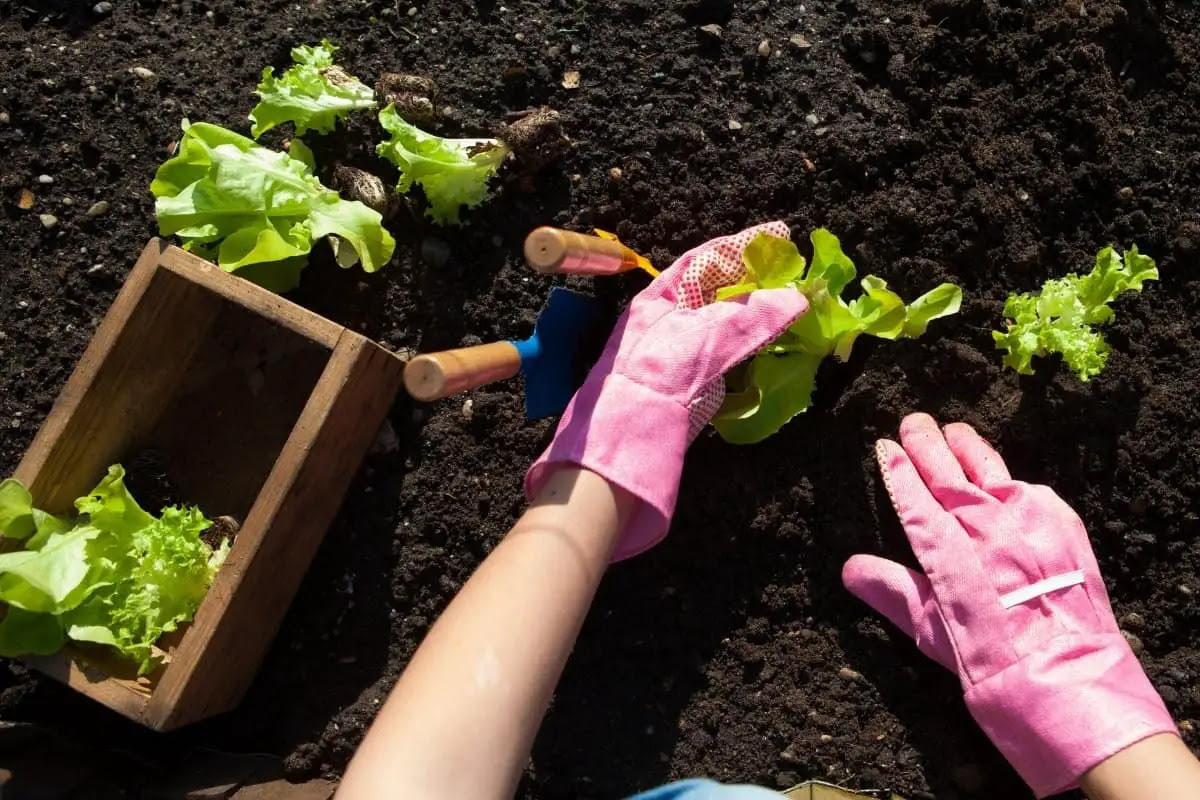Home>Types of Gardening>Ornamental Gardening>When Can I Put Succulents Outside
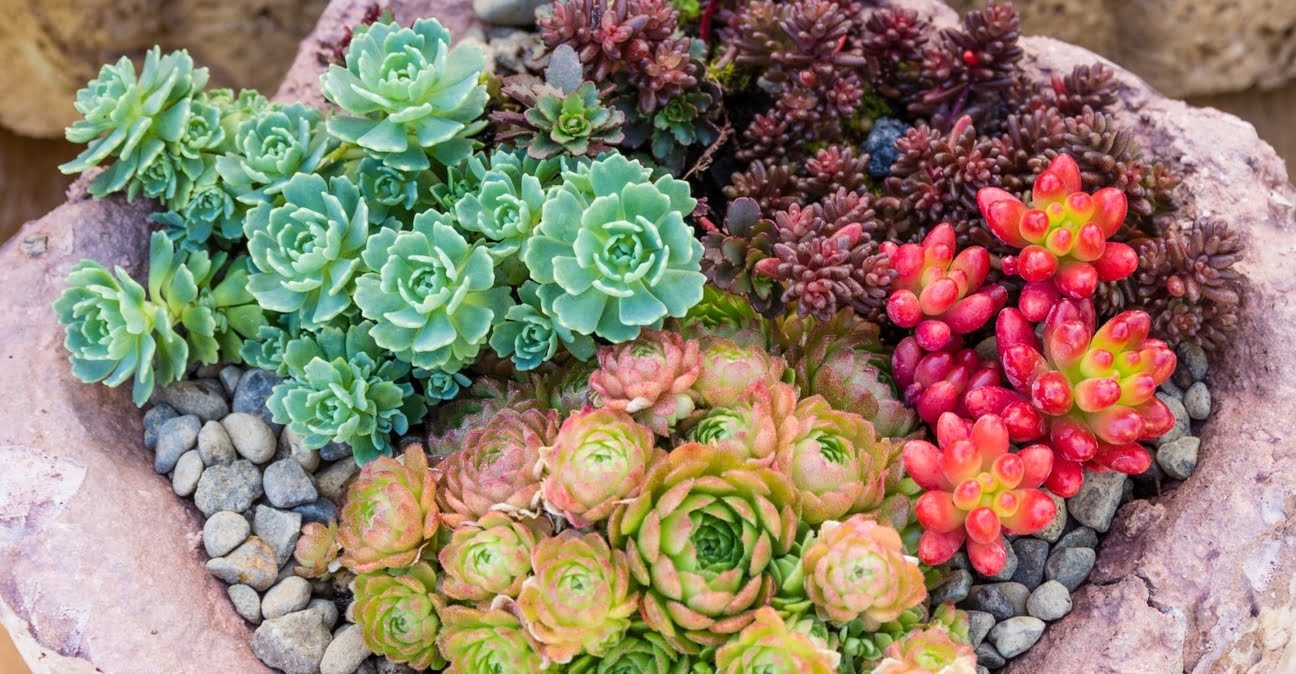

Ornamental Gardening
When Can I Put Succulents Outside
Modified: January 22, 2024
Learn the best time to transition your succulents outdoors for optimal growth and health. Get expert tips for successful ornamental gardening.
(Many of the links in this article redirect to a specific reviewed product. Your purchase of these products through affiliate links helps to generate commission for Chicagolandgardening.com, at no extra cost. Learn more)
Table of Contents
Introduction
Welcome to the wonderful world of succulents! These fascinating plants have captured the hearts of gardening enthusiasts and interior decorators alike with their striking beauty and low-maintenance nature. Whether you're a seasoned gardener or just starting to explore the joys of ornamental gardening, succulents are an excellent choice for adding a touch of natural elegance to your indoor and outdoor spaces.
Succulents are renowned for their unique ability to store water in their leaves, stems, or roots, allowing them to thrive in arid environments where other plants struggle to survive. Their diverse shapes, colors, and textures make them a versatile addition to any garden or living space. From the iconic rosettes of Echeveria to the quirky charm of the lithops, also known as "living stones," there's a succulent variety to enchant every observer.
In this comprehensive guide, we will delve into the art of cultivating succulents in outdoor settings, exploring the ideal conditions for their growth and the best practices for transitioning them from indoor to outdoor environments. Whether you're eager to expand your existing succulent collection or are considering your first foray into outdoor succulent gardening, this article will equip you with the knowledge and confidence to nurture these remarkable plants with success. So, roll up your sleeves, grab your gardening gloves, and let's embark on a journey to discover the enchanting world of outdoor succulent gardening!
Understanding Succulents
Before delving into the specifics of outdoor succulent care, it’s essential to grasp the unique characteristics that define these remarkable plants. Succulents belong to a diverse group of species, hailing from various geographical regions around the world, including arid deserts, semi-arid steppes, and even tropical rainforests. What unites them is their remarkable ability to adapt to water-stressed environments by storing moisture within their fleshy leaves, stems, or roots.
One of the defining features of succulents is their remarkable diversity in size, shape, and texture. From the spiky allure of Agave plants to the cascading elegance of String of Pearls, succulents offer an array of visual delights for enthusiasts. Their striking appearance and resilience have made them a favorite choice for both indoor and outdoor ornamental gardening.
Furthermore, succulents exhibit a fascinating array of growth habits, from low-growing ground covers to towering architectural marvels. This diversity allows for endless creativity in garden design, as succulents can be used to create visually captivating landscapes or to complement existing garden features.
Understanding the water-storing adaptation of succulents is crucial for their successful cultivation. Unlike many other plants, succulents are adapted to withstand periods of drought, making them well-suited for outdoor environments with minimal water availability. This unique trait also means that they are prone to root rot if overwatered, making well-draining soil and proper watering practices essential for their health.
By gaining insight into the distinctive qualities of succulents, you’ll be better equipped to provide them with the care and conditions they need to thrive in an outdoor setting. Now, let’s explore the optimal outdoor conditions for nurturing these captivating plants.
Ideal Outdoor Conditions for Succulents
Creating a suitable outdoor environment for succulents involves understanding and replicating the natural conditions in which these resilient plants flourish. When selecting an outdoor location for your succulents, prioritize areas that receive ample sunlight. Most succulents thrive in full sun or partial shade, so choose a spot that offers at least six hours of direct sunlight per day. However, in regions with scorching afternoon sun, providing some protection from intense midday rays can prevent sunburn and heat stress.
In addition to sunlight, proper drainage is crucial for outdoor succulent beds or containers. Succulents detest sitting in waterlogged soil, so ensure that the planting area allows excess water to drain away swiftly. This can be achieved by using well-draining soil mixes, incorporating perlite or coarse sand, and elevating containers on feet or using pots with drainage holes.
Succulents are also sensitive to extreme cold, particularly those that are native to warmer climates. If you live in a region with frosty winters, it’s essential to protect your outdoor succulents from freezing temperatures. Consider using frost cloth or bringing potted succulents indoors during cold snaps to shield them from harm.
Furthermore, proper air circulation is vital for preventing fungal diseases and ensuring the overall health of outdoor succulents. Avoid crowding plants too closely together, as this can impede airflow and create conditions conducive to pests and diseases. By providing ample space between succulents, you can promote a healthier growing environment and reduce the risk of issues such as powdery mildew or rot.
By emulating these outdoor conditions in your garden or patio, you can create an inviting and nurturing habitat for your succulents to thrive. Now, let’s explore the optimal timing for moving succulents from indoor to outdoor settings.
When to Move Succulents Outside
Transitioning succulents from indoor to outdoor environments requires careful timing to ensure their successful acclimatization. As a general rule, the best time to move succulents outside is during the spring or early summer, when the risk of frost has passed, and temperatures are consistently mild. This timing allows the plants to adjust gradually to the increased sunlight and outdoor conditions, reducing the likelihood of stress or sunburn.
Prior to moving your succulents outdoors, it’s essential to observe the local climate and weather patterns. If you reside in an area with erratic spring weather or late frosts, it’s advisable to wait until the threat of cold snaps has diminished before initiating the transition. Keep a close eye on the weather forecasts and aim to move your succulents outdoors when nighttime temperatures consistently remain above 50°F (10°C).
When preparing to move your succulents outside, it’s beneficial to acclimate them gradually to the outdoor environment. This process, known as “hardening off,” involves exposing the plants to outdoor conditions for increasing durations over the course of one to two weeks. Begin by placing the succulents in a sheltered outdoor location for a few hours each day, gradually extending the duration and exposure to direct sunlight as the days progress. This gradual transition allows the plants to adjust to the intensity of outdoor light and environmental factors, reducing the likelihood of shock or sun damage.
It’s important to note that succulents that have been overwintered indoors may have become accustomed to lower light levels. Therefore, it’s advisable to gradually increase their exposure to sunlight to prevent sunburn and stress. By exercising patience and providing a gradual transition, you can help your succulents thrive in their new outdoor setting.
Now that we’ve explored the optimal timing for moving succulents outdoors, let’s delve into essential tips for ensuring a smooth and successful transition for these resilient plants.
Tips for Transitioning Succulents Outdoors
Transitioning succulents from indoor to outdoor environments requires thoughtful consideration and a gentle approach to ensure their well-being. To facilitate a smooth and successful transition, consider the following tips:
- Gradual Exposure to Sunlight: As mentioned earlier, acclimating succulents to direct sunlight is crucial for preventing sunburn and stress. Gradually increase their exposure to sunlight over the course of one to two weeks, starting with a few hours of morning or late afternoon sun and gradually extending the duration as they adjust.
- Optimal Watering Practices: Before moving succulents outdoors, ensure that the soil is dry to prevent potential issues with overwatering. Once outside, adjust your watering frequency based on the prevailing weather conditions. In hot, sunny weather, succulents may require more frequent watering, while in cooler or overcast conditions, reduce the watering frequency to prevent waterlogged soil.
- Protection from Extreme Conditions: During the initial transition period, monitor the weather forecasts and provide protection from extreme conditions such as intense heat, strong winds, or unexpected downpours. Consider using shade cloth or temporary shelter to shield the succulents until they have fully acclimated to their new outdoor environment.
- Observation and Adjustment: Keep a close eye on your succulents as they adjust to their outdoor surroundings. Watch for signs of stress, such as wilting or color changes, and make adjustments as needed. If a particular succulent shows signs of distress, consider providing temporary shade or relocating it to a more sheltered spot until it acclimates.
- Enhanced Air Circulation: Outdoor environments typically offer superior air circulation compared to indoor settings. Take advantage of this by providing ample spacing between succulents to promote airflow and reduce the risk of fungal issues. This also allows each plant to receive adequate sunlight and airflow for optimal growth.
By implementing these tips and closely monitoring the transition process, you can ensure that your succulents adapt seamlessly to their new outdoor home. With patience and attentive care, your succulents will thrive in their outdoor environment, adding natural beauty and charm to your garden or patio.
Conclusion
Embarking on the journey of transitioning succulents from indoor to outdoor settings is a rewarding endeavor that allows you to witness the resilience and beauty of these remarkable plants in a new environment. By understanding the unique characteristics of succulents and providing them with the ideal outdoor conditions, you can create a thriving habitat for these captivating ornamentals.
From the diverse shapes and textures of succulents to their ability to thrive in arid environments, these plants offer endless possibilities for outdoor landscaping and container gardening. By replicating their natural habitat through ample sunlight, well-draining soil, and protection from extreme conditions, you can create an inviting and nurturing outdoor environment for your succulents to flourish.
Timing the transition from indoor to outdoor settings requires careful consideration, with a focus on gradual acclimatization to sunlight and outdoor conditions. By employing the practice of hardening off and closely monitoring the plants’ response, you can ensure a smooth and successful transition that minimizes stress and promotes healthy growth.
As you witness your succulents thriving in their outdoor habitat, remember the importance of ongoing care and observation. By adjusting watering practices, providing protection from extreme weather, and promoting optimal air circulation, you can support the long-term health and vibrancy of your outdoor succulents.
With these insights and tips in mind, you are well-equipped to embark on a fulfilling journey of outdoor succulent gardening, infusing your outdoor spaces with the captivating allure of these resilient and visually striking plants. Whether adorning a garden bed, adorning a patio, or enhancing a landscape design, succulents bring a touch of natural elegance and charm to any outdoor setting.
So, as you prepare to move your succulents outdoors, embrace the opportunity to witness their remarkable adaptability and beauty in a new light. With thoughtful care and a touch of creativity, your outdoor succulent garden will flourish, becoming a source of joy and inspiration for years to come.

